Identifying 140 Year-Old Remains Using Massively Parallel DNA Sequencing
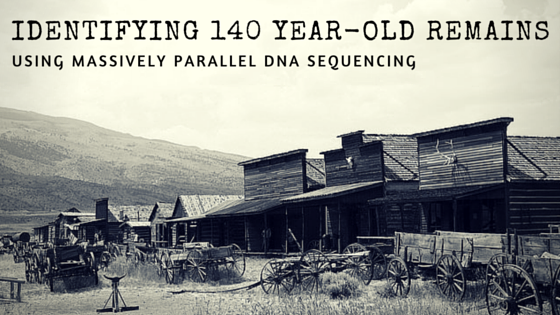
The goal of forensic DNA testing of human skeletal remains is identification of the unknown individual. A variety of genetic markers can be used to achieve identification, including highly polymorphic autosomal short tandem repeat (STR) loci and lineage markers (Y-STRs and mtDNA). However, reference samples must be available for comparison for these markers to be […]
Aiding the Innocent: How Witness to Innocence Supports the Wrongly Convicted
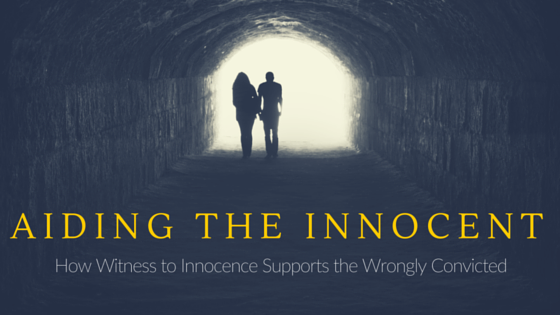
ISHI 26 featured Kirk Bloodsworth, the first person sentenced to death who was exonerated through DNA evidence. Twenty of the 336 people who have been exonerated through post-conviction DNA testing in the United States served time on death row.* The true perpetrators have been identified in 166 of those 336 exonerations, and went on to […]
Two Novel Multiplex INDEL Assays for use with Degraded DNA Samples

Most commercially available STR kits yield amplified fragments with lengths between 100 and 500 base pairs. However degraded biological samples typically are fragmented into pieces of approximately 180-200bps. When samples have been degraded to fragments less than 500 base pairs, many of the loci in STR amplification kits, fail to yield amplification products. INDELs are […]
Database Searching – Taking Mixtures Further than Ever Before

At The Institute of Environmental Science and Research (ESR) we receive approximately 2600 volume crime samples per year and conservatively it is estimated that approximately 45% of these are mixed. These mixtures range from profiles where it is relatively easy to resolve a DNA profile suitable to load onto the Crime Sample Database by conventional […]
Autosomal and Y-STR Analysis of Degraded DNA from the 120-Year-Old Skeletal Remains of Ezekiel Harper
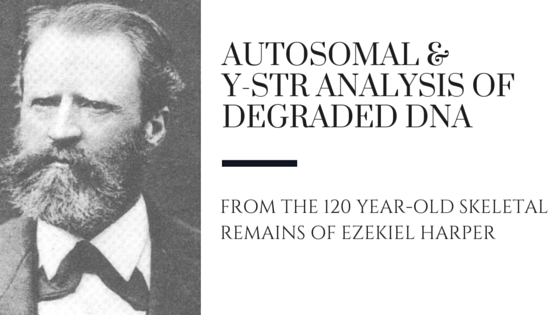
I have been involved in skeletal remains work for many years. I am fascinated with bones and their ability to survive for such long periods of time in harsh conditions, and I have long been a history buff (so I eagerly accept the challenge of the “few-and-far-between” historical cases when they come along). There is […]
Staging a Canine Crime Scene to Teach Forensics Concepts
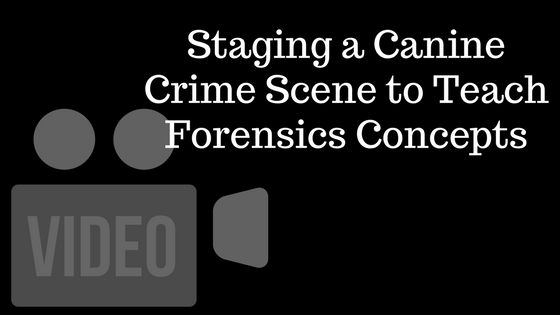
Sara Katsanis explains how she and her colleagues developed a mock wrongful convictions canine crime scene to teach forensics concepts to a middle school student. TRANSCRIPT: I’m Sara Katsanis. I’m in the faculty at Duke University at the Initiative for Science in Society and I research the applications of DNA and genetic […]
WVU Lean Six Sigma Green Belt Certification Course

Lean Six Sigma Green Belt Certification course for forensic professionals is now available at West Virginia University to help understaffed crime laboratories reduce errors and increase efficiency. Written by: Martina Bison-Huckaby, Director of the Center for Executive Education at West Virginia University For the first time, the West Virginia University Center for Executive Education […]
From Death Row to Exoneration Thanks to DNA
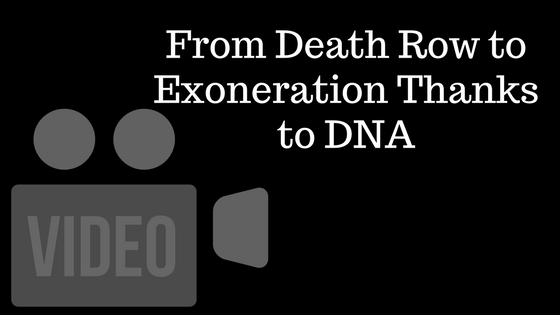
Kirk Bloodsworth, the first person in the United States to be freed by post-conviction DNA testing, recounts his story of how he was convicted of a brutal murder, and subsequently freed by DNA evidence. TRANSCRIPT: My name is Kirk Noble Bloodsworth, honorably discharged Marine from Cambridge, Maryland. I’m also the first person […]
Familial Searching – An Interview with Rock Harmon
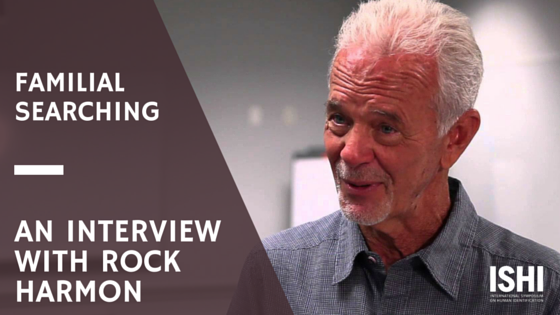
Familial Searching has been getting a lot of attention lately, and for good reason. In the fight against crime, it is essential that law enforcement is able to use all of the tools at their disposal. In the United Kingdom, Familial Searching has been used since 2003 to help solve approximately 40 serious crimes (as […]

